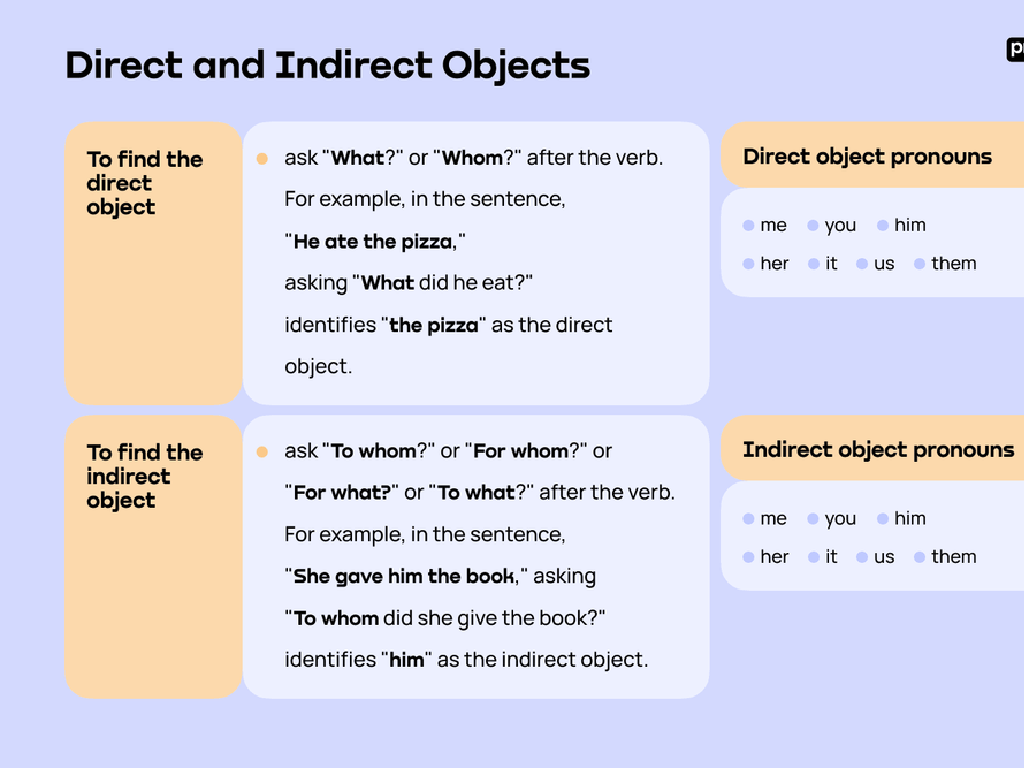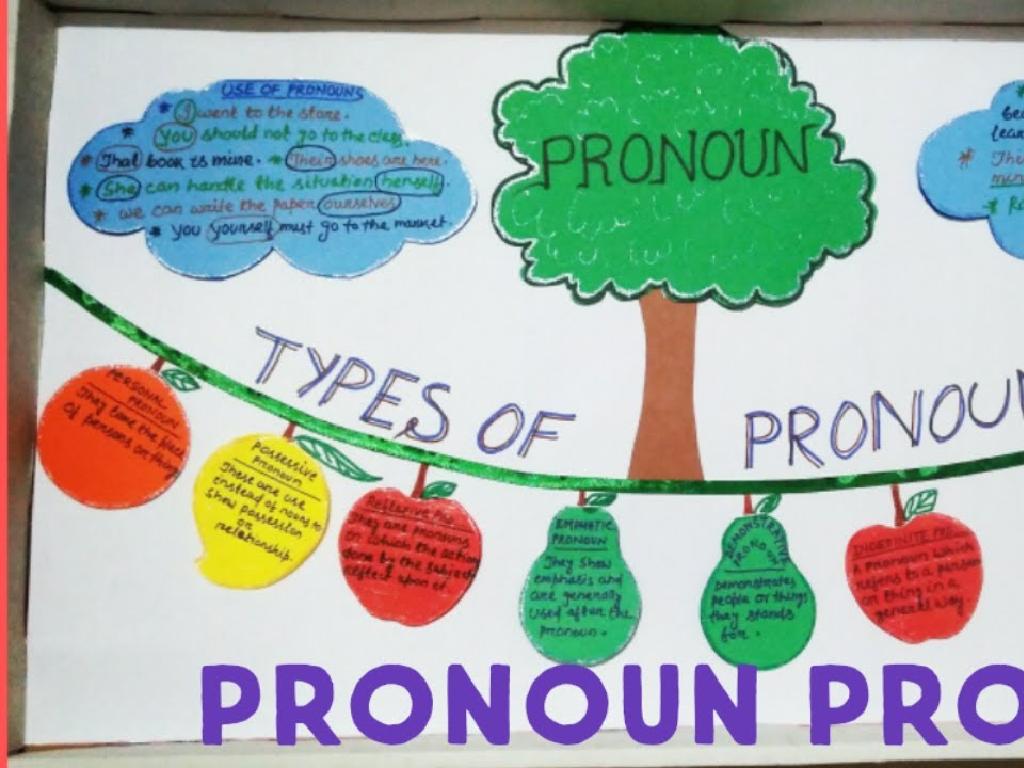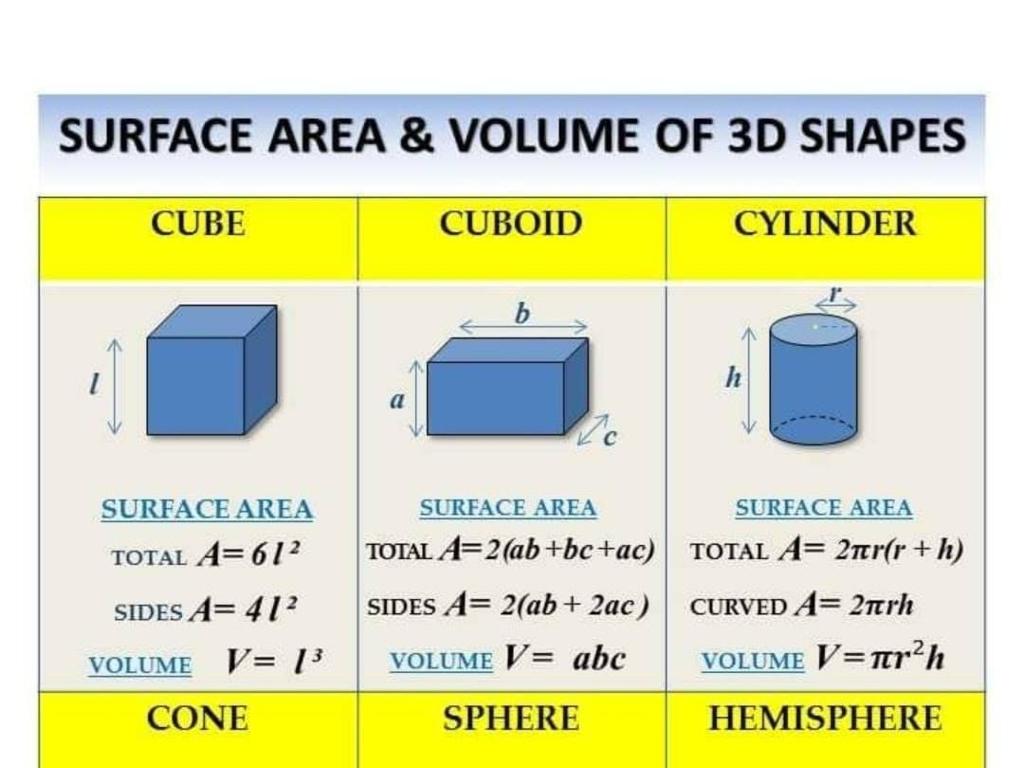Subtract By Counting On - Up To 20
Subject: Math
Grade: Second grade
Topic: Subtraction Strategies: One Digit
Please LOG IN to download the presentation. Access is available to registered users only.
View More Content
Welcome to Subtraction!
– Learn a new subtraction strategy
– Subtraction finds the remaining number
– If you have 5 apples and eat 2, subtraction tells you 3 are left.
– Practice subtracting by counting on
– Instead of taking away, we’ll count up from the smaller number to the larger number.
– Focus: numbers up to 20
– We’ll use numbers 1 through 20 for our exercises.
|
This slide introduces second graders to the concept of subtraction as a means to determine how many items remain after some have been taken away. Emphasize that subtraction is not just about ‘taking away’ but can also be approached by ‘counting on’ from a number. For example, to solve 15 – 7, start at 7 and count up to 15. This method often makes it easier for young learners to understand and perform subtraction. During the lesson, provide various examples and encourage students to use their fingers or objects to count on. Ensure to use numbers within the range of 1 to 20 to keep the calculations simple and clear.
Understanding Subtraction
– Subtraction means taking away
– Think of subtraction as removing items from a set.
– Numbers become smaller
– If you start with 10 toys and give 2 away, you have 8 left.
– Imagine apples being given away
– For example, if you have 5 apples and give 2 to a friend, you now have 3.
– Subtraction in everyday life
|
This slide introduces the concept of subtraction to second graders by relating it to a tangible experience like sharing apples. Start by explaining that subtraction is simply the process of taking some away from a larger group, which makes the total number smaller. Use real-life examples that are relatable to the students, such as having a certain number of toys or apples and then giving some away. This will help them visualize the concept. Encourage the students to think of other examples from their daily lives where they might give something away and have less than they started with. This sets the foundation for understanding subtraction as a part of everyday life.
Counting On: A Subtraction Strategy
– ‘Count on’ from the smaller number
– Start small and ‘hop’ to the larger number
– Imagine hopping on a number line from 5 to 8
– Count your hops to find the answer
– If you hopped 3 times, the answer to 5 + ? = 8 is 3
– Practice with numbers up to 20
– Try it with different numbers like 4 to 7, or 6 to 9
|
This slide introduces the ‘counting on’ method as a subtraction strategy for second graders. It’s a way to find the difference between two numbers without ‘taking away.’ Instead, students start with the smaller number and ‘hop’ to the larger number, counting each hop. The total number of hops is the answer to the subtraction problem. This method helps students visualize subtraction as a distance between two points on a number line. Encourage students to practice with various pairs of numbers up to 20, reinforcing the concept with hands-on activities like using physical number lines or counters.
Let’s Try Together: Counting On!
– Start with the smaller number
– Count up to the larger number
8, 9, 10, 11, 12, 13, 14, 15!
– Count the hops we make
– How many hops from 7 to 15?
Counting each hop helps us subtract.
|
This slide is an interactive class activity to teach students the ‘counting on’ subtraction strategy. Begin with the example 15 – 7. Have the students start at 7 and count up to 15 aloud together. Each number they say is a ‘hop.’ After reaching 15, ask the students to count the total number of hops they made. This number represents the difference between 15 and 7. Reinforce the concept that counting on is a useful strategy for subtraction, especially when dealing with one-digit numbers. Encourage students to use their fingers or manipulatives to represent each hop for a tactile learning experience. Prepare to guide them through several examples and ensure they understand the process before moving on to independent practice.
Your Turn to Practice: Counting On
– Try a subtraction problem
– Start from the smaller number
– Count up to subtract
– If you have 5 and need to subtract 2, start at 2 and count up to 5.
– Use tools to help you count
– Fingers, drawings, or a number line can be your tools.
|
This slide is designed to encourage students to practice the ‘counting on’ subtraction strategy. Remind them to always begin with the smaller number and count up to the larger number to find the difference. Encourage the use of fingers, visual aids like drawings, or a number line to keep track of counting. Provide several examples for the students to work on independently, and be ready to assist if they encounter difficulties. Possible activities could include using physical objects to represent numbers, drawing out problems, or using a number line printed on paper. The goal is to build confidence in their ability to subtract by counting on.
Subtraction by Counting On: Practice
– Solve together: 12 – 4
– Start at 4, count up to 12
– Solve together: 18 – 9
– Start at 9, count up to 18
– Solve together: 14 – 6
– Start at 6, count up to 14
– Count up from the smaller number
– Record the number of hops
|
This slide is designed for a class activity where students will practice the ‘counting on’ strategy to solve subtraction problems. The teacher will guide the students through each problem, starting at the smaller number and counting up to the larger number. Students will use their fingers or number lines to count the hops needed to reach the larger number from the smaller one. For example, for 12 – 4, students start at 4 and count: 5, 6, 7, 8, 9, 10, 11, 12, which is 8 hops. They should write down ‘8 hops’ as their answer. The teacher should prepare to demonstrate the process, possibly using visual aids like a number line, and then observe and assist students as they work through the problems.
Class Activity: Subtraction Hopscotch
– Play subtraction hopscotch
– Each square has a problem
– Hop and count for the answer
– Write down your answers
|
This interactive activity is designed to help second graders practice subtraction by counting on, up to 20. Set up a hopscotch grid with subtraction problems in each square. As students hop on a square, they should count on to solve the subtraction problem presented. For example, if the square says ’15 – 7′, they start from 7 and count up to 15 to find the answer. After hopping to the end, they write down the answer before returning to the start for the next turn. This physical activity helps reinforce their subtraction skills in a fun, engaging way. Possible variations include using different starting numbers, incorporating ‘challenge’ squares with trickier problems, or pairing up students to encourage teamwork.
Subtraction Success: Counting On!
– Congratulations on learning subtraction!
– Subtraction is fun with counting on
– Counting on makes taking away numbers easy!
– Practice makes you a subtraction star
– The more you practice, the better you’ll get
– Keep counting on up to 20
– Try it with numbers 1 through 20
|
This slide is a celebratory conclusion to reinforce the subtraction by counting on method. Emphasize to the students that they’ve done a great job learning this new skill. Remind them that subtraction doesn’t have to be difficult; it can be enjoyable, especially with methods like counting on. Encourage them to continue practicing at home with different numbers up to 20 to become confident in their subtraction skills. Celebrate their progress and let them know that with consistent practice, they will become subtraction stars. You can suggest parents to help their children practice by giving them simple subtraction problems during daily routines.






